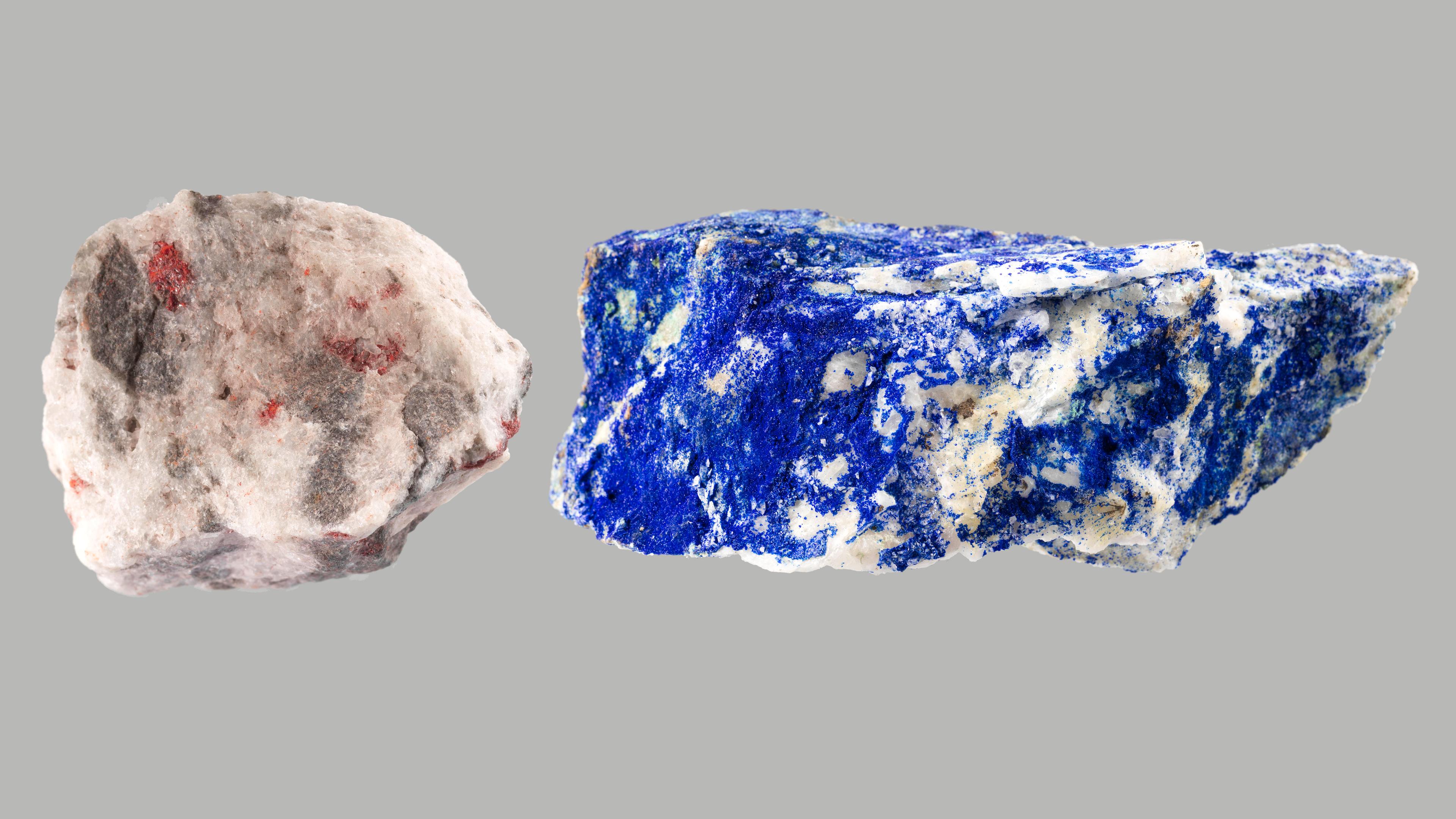Introduction
Inhabitants of the Cyclades, a chain of islands in the central Aegean Sea, began to produce stone sculpture and vessels as early as the fifth millennium BCE. The most distinctive works were created by a culture that flourished in the Early Bronze Age (3200–2000 BCE), also known as the Early Cycladic period. The unique geography of the Cyclades—their size, proximity to each other, landscape, and natural harbors—was central to the development of Cycladic culture. Many of the islands are particularly rich in mineral resources—iron ores, copper, lead ores, gold, silver, emery, obsidian, and marble, and the marbles of Paros and Naxos are among the finest in the world.
The Leonard N. Stern Collection of Cycladic Art, comprising 161 artifacts acquired by the businessman and philanthropist Leonard Stern over some forty years, features nearly all the major types of known Cycladic female figures from the Neolithic period through the Early Bronze Age (3200–2000 BCE), including violin shaped, Plastiras, Hybrid, Louros, Kapsala, Early Spedos, Late Spedos, Dokasthismata, Chalandriani, and Koumasa. The objects range in size from diminutive statuettes to a more than four-foot-long female figure that is one of the few monumental Early Cycladic statues to survive. Equally impressive is the collection’s depth, as it features many variants, including rare examples, such as a “double figure” of the Early Spedos type, a remarkable head carved from a fossilized sea sponge, and a small figure with folded arms carved from serpentinite.
After the figurative sculpture, marble vessels—beakers, bowls, collared jars (kandilas), footed cups, and palettes—comprise the second-largest group of works in the Stern Collection. Objects made from other materials consist of a pair of silver bracelets and a copper alloy chisel, both fine examples of metalworking, which was an important development during the Early Bronze Age in the Cyclades. There are four terracotta vessels. Most notable among these is a “frying pan,” a distinctive shape characteristic of the Early Cycladic II period (2700–2400/2300 BCE). Its underside, like that of other frying pans, is decorated with abstract imagery—impressed spirals and zigzags—that evokes the sea, an ever-present vista in the Cyclades.
Color in Early Cycladic Sculpture

Samples of cinnabar and azurite.
Traces of pigment preserved on many Cycladic figures reveal that they were once brightly painted. Artists applied vibrant colors to emphasize physical features, such as eyes, lips, and hair, and accessories like jewelry. Detailed patterns imitating body paint or tattoos sometimes adorned the otherwise naked figures. Today, evidence of color often remains only in “ghost” images—slightly raised areas where paint protected the marble surface from erosion—or vestiges of pigment. Scientific analysis has identified that cinnabar and red ocher were used for red, and probably azurite for blue and malachite for green. Cinnabar, a precious material that was relatively rare in the Cyclades, may have been imported from Anatolia (present-day Turkey). Some sculptures preserve evidence of repainting, demonstrating that they were in use and painted successively prior to burial. Similar pigments found in small containers and bowls used in everyday life indicate that color probably also adorned humans in both life and death.

